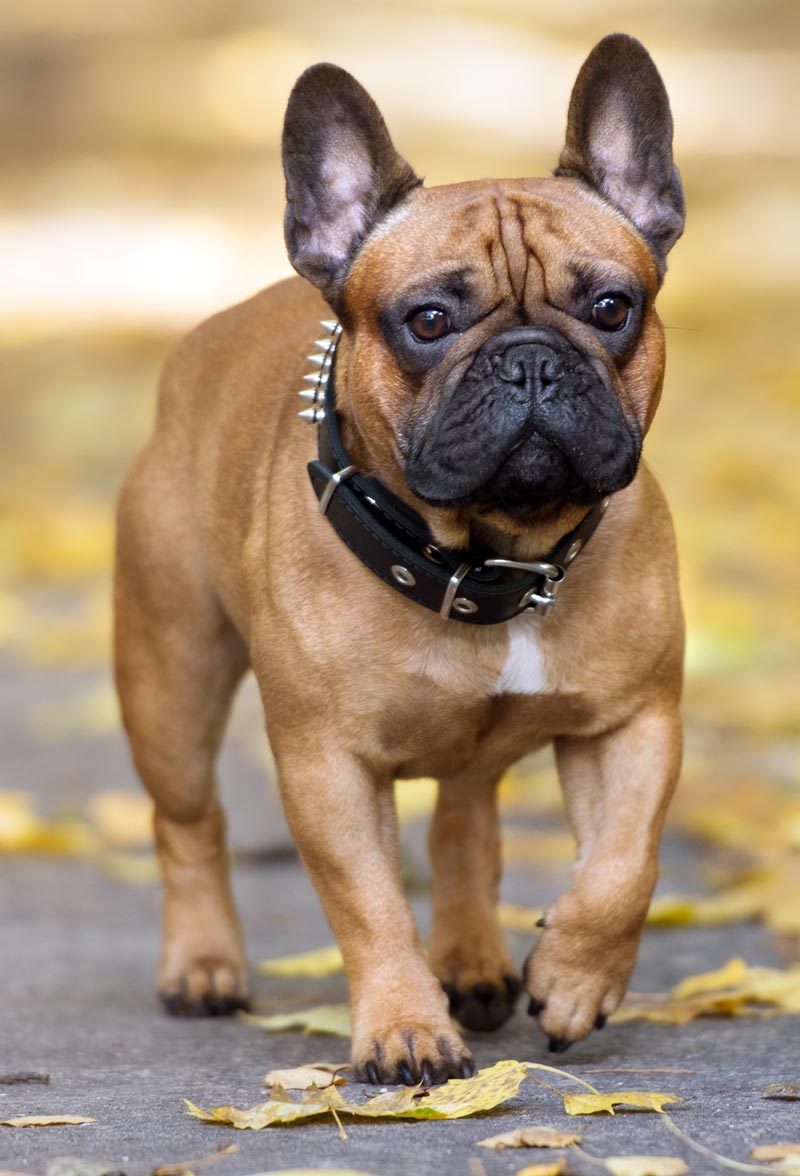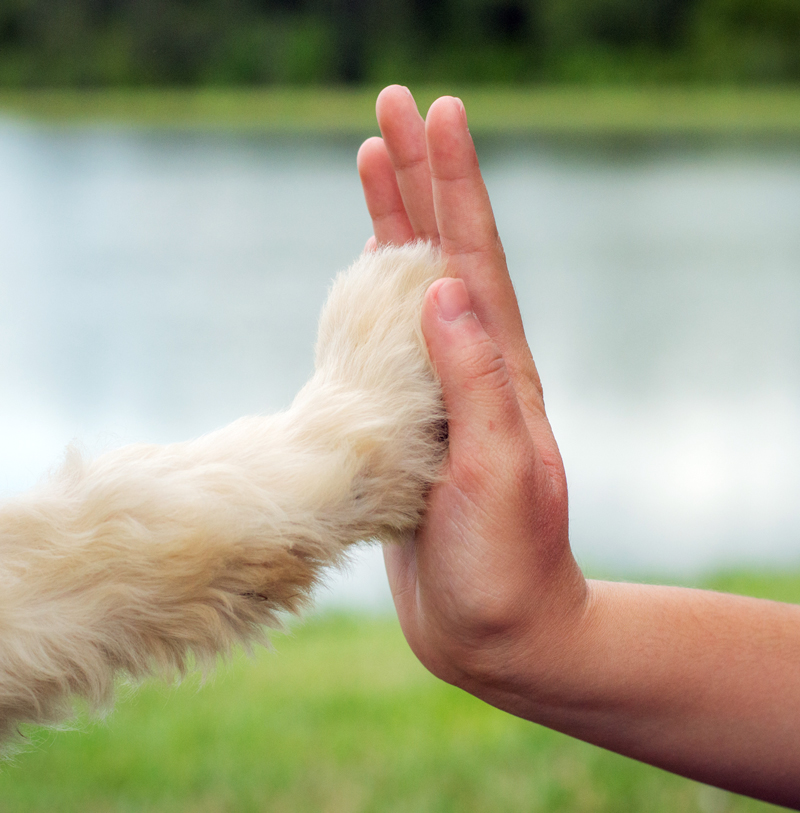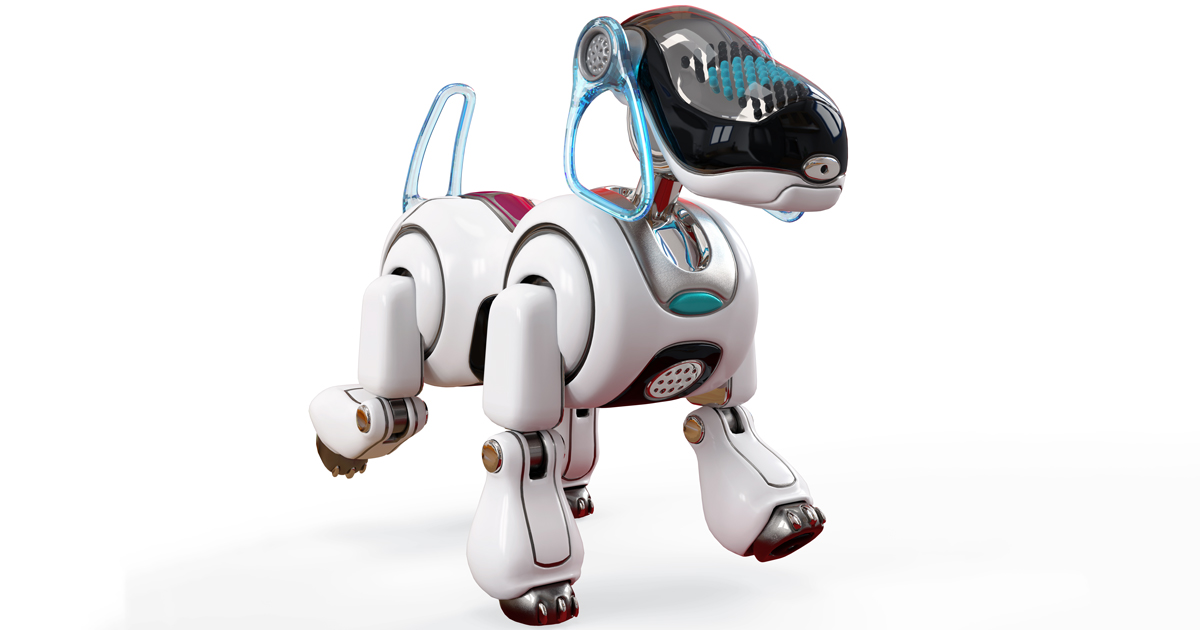“Man’s best friend” we call them, and, in retrospect, cosying up with Palaeolithic humans was the wisest move dogs could have ever made, although neither species realised it at the time. In transitioning from annoying scavenger to faithful friend, canis familiaris earned the protection of the human race as well as, for the most part, its love.
Of course, love is a complicated emotion, and it can sometimes bring as much pain as pleasure; it certainly hasn’t been an entirely smooth ride for our canid companions. In recent years, one of several reasons that dogs might be coming to regret their close relationship with us is their immense potential for physical variation.
Dogs are unusual in this respect – at least, when compared with humans. We may think we all look distinct and unique, but to a first approximation we’re pretty much identical, to the point where human doctors often calculate dosages based on a patient’s age (for example, child or adult) rather than their actual weight, because there’s unlikely to be very much in it.
Does size matter?
Thanks to Google, I can tell you the lightest adult human ever recorded weighed in at 15kg, whereas the heaviest was a floorboard-bothering 635kg – about 50 times heavier.
During the course of my career, I have met mature adult dogs weighing 1kg and 100kg. That’s a hundredfold difference in size, which isn’t even looking at extreme ends of the spectrum – not to mention the fact Google’s human examples were both suffering from clinical conditions (dwarfism and morbid obesity, respectively) while the doggy examples I provided were both healthy lean examples of their breed.
All shapes and sizes

Dogs are astonishing in their ability to produce highly variable morphologies within their species – it’s still a little hard to get my head around the idea that a Yorkie is actually the same species as a great Dane.
You might think, if you hadn’t ever actually met any people, that having such an enormous range of possibilities within your species might be a good thing – it seems like a useful survival trait to be able to mould yourself into all manner of shapes to respond to environmental changes.
That, however, would be ignoring the human capacity for curiosity, ignorance and unthinking cruelty. Once we realised breeding animals that looked a bit like each other produced offspring that tended to look like the parents only more so, dogs were in trouble.
A step too far
It wasn’t such a terrible fate at first – when we started breeding tall, slender, well-muscled dogs to run quickly, or small tenacious tough dogs that weren’t afraid to burrow down a rabbit hole – because when you need your product to do something physically active then it at least has to be healthy enough to do it.
No, it was once we started thinking it would be interesting to see just how far the plasticity of dogs could be stretched that they really started to suffer…
“Shall we see how small we can make them? Wow. How about how big? Woah! How about… how about keeping the body big, but making the legs short? Now what about a huge head and a tiny body? Yipes! Can we… can we do… this is going to sound crazy, but what about… what about one where the nose is actually basically inside out? Blimey.”
Saddened
Vets like me go on about breeding and, please believe me, it’s not because we hate dogs. It’s because we love them, and it upsets us to see them suffer.
When an animal is bred into a shape where it has to fight for every single breath it can take, when it can’t run without fainting, when it can’t eat without suffocating, and when it can’t give birth naturally so we have to help every pup out into the world via caesarian, it makes us sad.
It makes us question quite what the point of our job is, because we thought we wanted to reduce the suffering of animals, but by helping people force dogs into shapes where every step is painful because their elbows dislocate when they hit the ground, or every blink is painful because their eyelashes scrape across their eyes, or every moment is one of almost agonising itchiness because their immune system overreacts to the environment, we feel as if we’re making things worse.
Blurring the lines
It seemed to be getting better, for a while. When I started practice *mumble mumble* years ago, mongrel was still a dirty word; an unhealthy mixture without a decent pedigree. Incidentally, the idea of “pedigree” always confused me, because if I went to the doctor and confidently told him I had excellent pedigree and was likely to be a perfect specimen of humanity then showed him my family tree – rather more stunted that the doctor would expect because many of my grandparents and great grandparents were the same person – I’m not sure he’d share my confidence.
As I continued in practice, and began to rail against the suffering I observed associated with dog breeds, “crossbreed” replaced “mongrel” and more people realised the health implications of inbreeding.
Then we got “labradoodles”. And “cockerpoos”. Then “cheagles”, “chowskys”, “cavachons“ and “chugs”. Pretty soon, a labradoodle wasn’t a proper labradoodle unless both his parents were labradoodles too… and the cycle begins again.
Case in point

As I write this, the French bulldog is one of the most popular dog breeds in the UK. It’s also one of the breeds that suffers most, just by its existence. Shortness of breath may not be painful, but I hope you agree it’s a form of suffering.
Imagine you had to fight for every breath you took because your nostrils were too narrow to let the air in, your palate was too long and blocked your airway, and you had to breathe so forcefully you caused yourself a hiatal hernia.
French bulldogs are lovely, friendly dogs. I like them greatly. I hope I never seen another one in my life because they suffer.
A matter of perspective
If you’re an owner or a breeder of French bulldogs, and you’ve made it this far through the article, I understand how it feels. You’re tired of being told by vets how unfair it is, you’re sick of being made to feel like you’ve some kind of villain because you love your pet, and you’re pissed off here’s another article telling you that French bulldogs are suffering when you’ve seen the great fun they have charging around and being dogs.
Let me give you a vet’s perspective – we’re tired too. We’re saddened and tired of sounding like cracked records because the more popular these breeds get, the more suffering we see associated with them. We’re tired of explaining to our worried clients that their wonderful companion is going to need surgery to help it breathe, or walk, or see, through no fault of its own but because of a shape that someone thought looked “cute”.
We all love dogs. This is entirely preventable. Let’s work together to relieve suffering. Let’s not turn the wondrous genetics of dogs into a form of torture for our own entertainment. Let’s treat our “best friends” as we’d like our best friends to treat us.

Leave a Reply